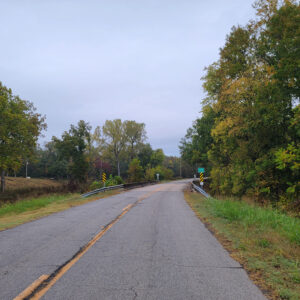 Galla Creek Bridge
Galla Creek Bridge
Entry Category: Science and Technology - Starting with G
 Galla Creek Bridge
Galla Creek Bridge
Gars
aka: Garfish
aka: Garpikes
Garver, Neal Bryant
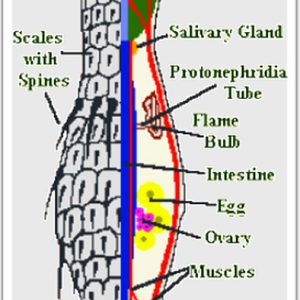 Gastrotrich Morphology
Gastrotrich Morphology
 Gastrotrichs
Gastrotrichs
Gastrotrichs
aka: Hairybacks
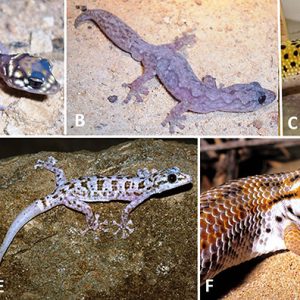 Geckos
Geckos
Geckos
Gerig, William Lee
Goldeyes and Mooneyes
aka: Mooneyes and Goldeyes
aka: Hiodontid Fishes
Good, Mary Lowe
 Gray Tree Frog
Gray Tree Frog
 Great Spangled Fritillary
Great Spangled Fritillary
Greers Ferry Dam and Lake
Grotto Salamander
aka: Eurycea spelaea
aka: Ghost Lizard
aka: Ozark Blind Salamander
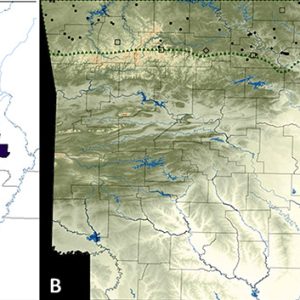 Grotto Salamander Distribution
Grotto Salamander Distribution
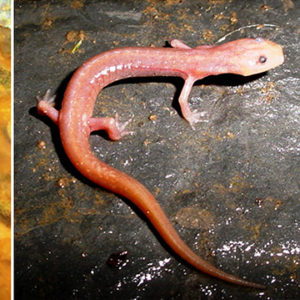 Grotto Salamanders
Grotto Salamanders




